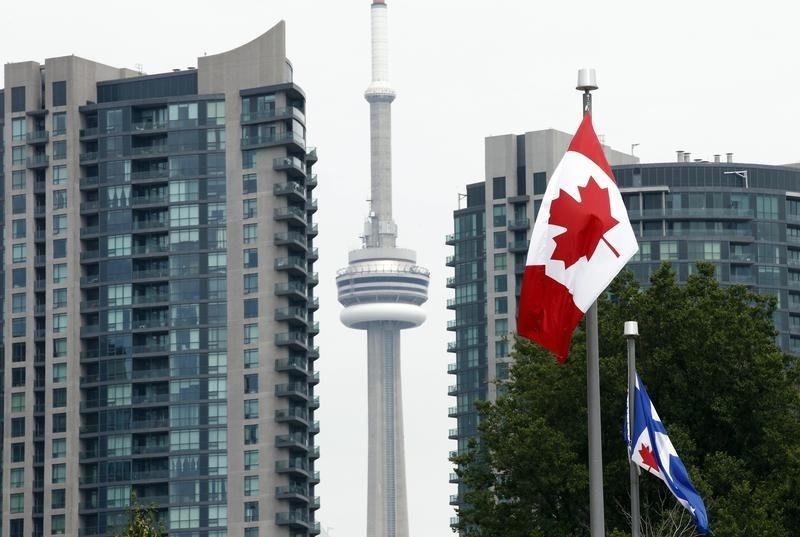By Ketki Saxena
Investing.com – Statistics Canada reported today that headline CPI dropped lower to 5.2% year over year in February, a substantial decline from January’s 5.9% reading, and a continued decline from the 8.1% peak seen in June 2022.
Much of the decline was driven by lower energy prices, which declined 0.6% on a year-over-year basis or the first time in two years as gasoline prices fell.
Food inflation eased slightly in February, to 9.7% after hovering at just over 10% for almost two quarters.
While on the surface, all of this seems like positive news, analysts at Desjardins highlight the stickiness of core inflation and more troubling trends beneath the positive headline inflation read.
For example, core inflation excluding food and energy related components. Core CPI slowed to 4.8% year over year, a modest deceleration from January’s 4.9% reading. On a monthly basis, core CPI accelerated 0.2% above the January pace to +0.3%
Randall Bartlett, Senior Director of Canadian Economics, writes “The bad news is it’s the result of lower commodity prices, as core CPI remained sticky in February by several measures. This may put the Bank in a bit of a tough spot, as the labor market remained tight and wage growth reaccelerated in February.”
Essentially, it gives the Bank of Canada very little move to maneuver, caught between historically robust labor markets, worries of a wage-price spiral, fears of a depreciating loonie if the BoC falls too far behind the fed, and sticky core inflation - even as the economy sputters to a halt.
Most recent data for Canadian growth shows the Canadian economy grew 0% in Q4 of 2022.
The Bank of Canada’s room to maneuver is being further curtailed by the current macroeconomic situation, Bartlett noted “deteriorating financial market conditions on the back of a series of banking system issues in the US and Europe suggests risks to financial stability are a material concern. This reinforces the Bank’s current holding pattern.”
